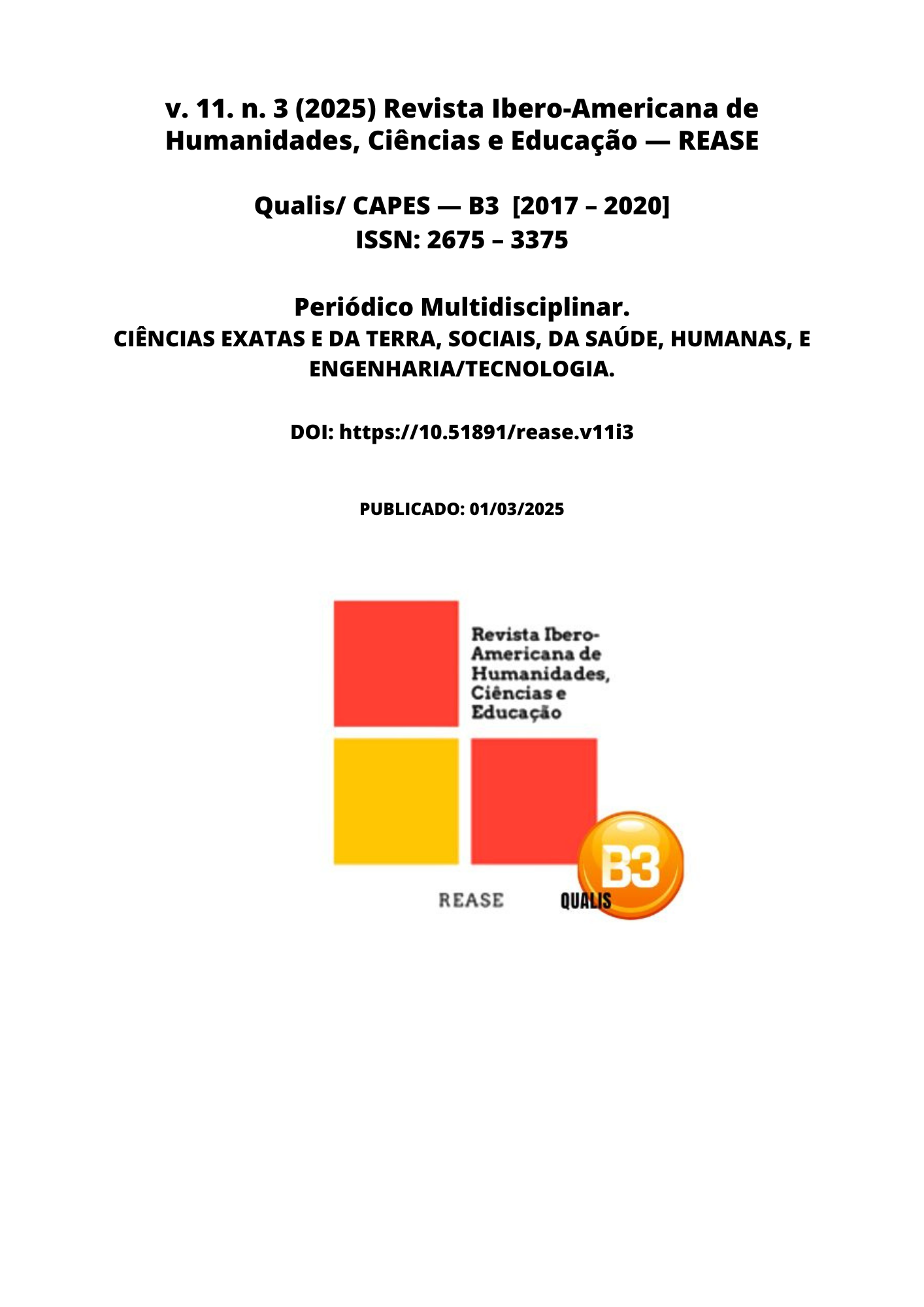THE IMPORTANCE AND EFFECTIVENESS OF INSTRUMENTAL ENGLISH TEACHING: THEORY, METHODOLOGY AND PRACTICES
DOI:
https://doi.org/10.51891/rease.v11i3.18270Keywords:
Teaching Methodology. Second Language Acquisition. ESP. Technical Learning. Specific Needs.Abstract
This theoretical study aims to provide an analysis of the teaching of instrumental English, describing the origins of the creation process of this method, as well as offering a reflection on the teaching program. We intend with this discussion to identify and emphasize its relevance among the many approaches to English language teaching. The authors who contributed to this theoretical framework and discussions include Nardi (2005), Hutchinson and Waters (1987), Robinson (1991), among others who helped deepen the understanding of the Instrumental English approach in both national and international contexts. Based on this theoretical foundation, we aim to highlight the importance of this English teaching approach developed for those who need technical learning focused on what the learner truly needs to know. An opinion survey was conducted in the form of an interview through a questionnaire with students enrolled in the Applied Foreign Language, course in the technical program for hospitality management in the cities of Camocim (CE) and Jijoca de Jericoacoara (CE), which are part of the tourist hub of Jericoacoara village. It can be stated that for the Instrumental English program to be truly effective, it is necessary to meet pre-established criteria, such as conducting a learning needs analysis, creating pedagogical materials contextualized to the learning focus, and seeking the best methodology that connects with the student's reality. All these factors highlight the importance of the teacher's responsibility in this approach. Thus, we can emphasize that the teaching of the instrumental approach is not superficial but rather a complex process of language learning and teaching.
Downloads
Downloads
Published
How to Cite
Issue
Section
Categories
License
Atribuição CC BY

